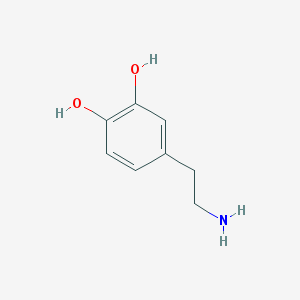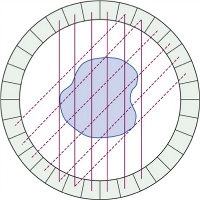Tai Chi
It is important to identify effective non-pharmacological alternatives to stimulant medications that reduce symptoms of attention deficit hyperactivity disorder (ADHD). In a study of healthy young adults, we measured the effects of training in tai chi, which involves mindful attention to the body during movement. Using a non-randomized, controlled, parallel design,weI found that tai chi students’ self-report of attention improved compared to controls, and improvements in attention correlated with reductions in reaction time variability [1]. I am pursuing funding for a feasibility trial of tai chi as therapy for individuals with ADHD. I also intend to seek funding to use PET and MRI to study the neural correlates of symptom improvement in this intervention.
Positron Emission Tomography (PET)
Non-invasive brain imaging in animal models with targeted radiotracers is possible thanks to high resolution positron emission tomography (PET). Our work in this field has demonstrated the feasibility of imaging the effect of a safe and inexpensive antibiotic to reduce neuroinflammation in a rodent model that may lead to therapy for multiple sclerosis [2]. This was one of the first animal studies using PET to demonstrate a response to pharmacological treatment of any kind. In one of the first marmoset PET studies, we imaged alterations in brain metabolism and associated behavior due to chronic serotonergic treatment, which is relevant to mood disorder therapy [3]. Little is known about the effects of prenatal stress on the dopamine system although it is implicated in disorders such as ADHD, but we have shown alterations in dopamine transporter availability in monkeys whose mothers were subjected to mild stress during pregnancy [4]. All of these studies made use of novel methods, including non-standard radiotracers and new image processing methods [5]. They also involved the painstaking attention to detail, patience, and persistence required of a new advanced technology such as small animal PET.
Dopamine

Only one in two hundred thousand neurons in the human brain synthesizes dopamine, yet this small population of cells exerts tremendous influence. Our understanding of the dopamine system at the systems level is still vague despite over twenty years of neuroimaging investigations. In the first study of its kind, preliminary results in rhesus macaques responding to acute amphetamine show increases in frontrostriatal blood flow that reflect individual differences in reductions in striatal D2 receptor availability [6] [7]. Moreover, we have developed a PET method to simultaneously image these proxies for dopamine release and general neural activition [8]. If validated, this method could eventually be applied to the study of dopaminergic neuromodulation in animals and humans in response to a variety of challenges and tasks.
Another means to study dopaminergic neuromodulation is simultaneous PET/MR, with PET used to measure dopamine release and BOLD or ASL MRI used to measure neural activation. I have proposed in an NIH R21 submission to use a PET insert in a 4.7T MR to study dopamine release and and blood flow alteration in response to amphetamine challenges in rats. I also intend to pursue human studies using PET/MR as this technology becomes available. Finally, I am considering pursuing the development of MR compatible PET inserts for neuroimaging in rodents and macaques.
1. Frontiers in Human Neuroscience 8 (13):1-7. PMID: 24478679
2. Journal of Nuclear Medicine 52:257-262. PMID: 21233178
3. NeuroImage 60:447-455. PMID: 22233732
4. Biological psychiatry 74:502-510.
5. (in revision for resubmission to NeuroImage) Rhesus macaque brain atlas regions aligned to an MRI template
6. (in prep for Journal of Cerebral Blood Flow and Metabolism) [17F]fluoromethane PET imaging of regional cerebral blood flow in rhesus during amphetamine challenge
7. (in prep for Journal of Cerebral Blood Flow and Metablolism) [18F]desmethoxyfallypride PET imaging of dopamine release in rhesus striatum during amphetamine challenge
8. [invited plenary talk]. International Conference on Advanced Technology and Particle Physics 682-691, 17-21 October 2005, Villa Olmo, Como.

